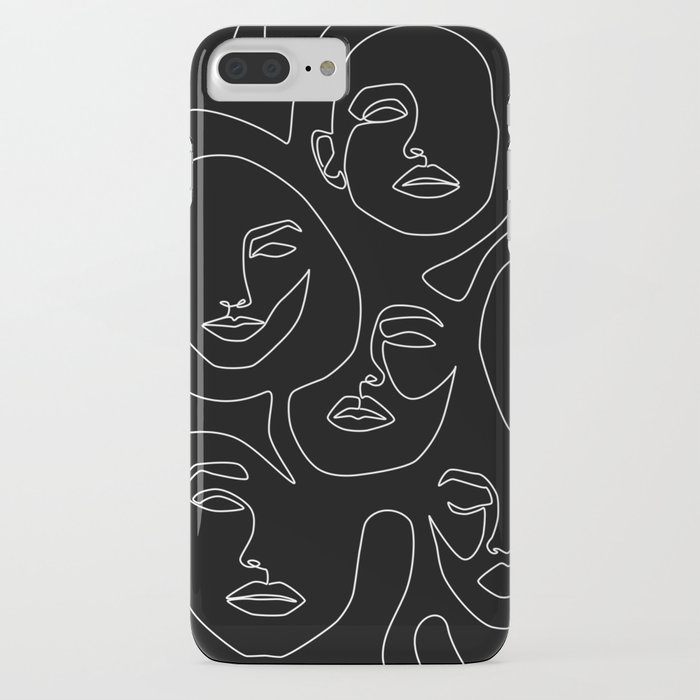faces in dark iphone case
SKU: EN-U10104

faces in dark iphone case
There are two methods to update your current device to iOS 11. Here's what you need to know to download and install Apple's latest mobile operating system. You don't need to spring for an iPhone 8 (£594 at Amazon.co.uk) or iPhone 8 Plus (£699 at Apple) or wait for the iPhone X to arrive in November in order to get the latest iOS bells and whistles. On Tuesday, Apple released iOS 11, the company's newest mobile operating system for iOS devices. If you have an iPhone 5s or later, a fifth-generation iPad or iPad Mini 2 (£380 at Amazon Marketplace) or later or a sixth-generation iPod Touch, you can upgrade it to iOS 11. Here's the full list of compatible devices from Apple.
With iOS 11, you'll be able to edit Live Photos, customize the new Control Center, make Venmo-style Apple Pay payments, more easily free up storage space -- all the while not being disturbed while driving, Meanwhile, iOS 11 will supercharge the iPad with a new Dock, an honest-to-goodness file-management system and drag-and-drop multitasking, Be faces in dark iphone case respectful, keep it civil and stay on topic, We delete comments that violate our policy, which we encourage you to read, Discussion threads can be closed at any time at our discretion..
Apple states Face ID is even more secure than Touch ID, allowing only a 1 in 1 million chance for someone to be able to unlock your iPhone with their face, versus a 1 in 50,000 chance with Touch ID. It's so secure, in fact, that Apple is confident enough to use it as an authentication method for Apple Pay. With biometric authentication methods, though, there is another cause for concern. While the Fifth Amendment of the Constitution protects US citizens against self-incrimination, such as giving up a password or PIN, biometrics do not fall under the same protection. A recent court case ruled that biometrics -- a fingerprint or iris or facial scan -- are hardly different than giving a blood sample and, therefore, are not protected by the Fifth Amendment.
What does this mean, exactly? Say you're in the unlikely (but certainly not impossible) situation where a police officer asks you to unlock your phone, You're protected against incriminating yourself by giving up a simple password or PIN, On the other hand, even if a warrant is required, you could be forced to unlock your phone if you use a biometric authentication method, Previously, Apple addressed this issue by creating a shortcut for disabling Touch ID: Press the power button five times, This is the same shortcut that gives you quick access to medical information and the Emergency SOS feature that calls emergency services, After doing this, you must enter your faces in dark iphone case password or PIN again to re-enable Touch ID..
Apple's Craig Federighi explained how this will work with Face ID on the iPhone X in a recent interview with TechCrunch. Instead of pressing the power button five times, you can simply squeeze the sides of the phone, pressing either volume button and the power button. Holding them for a short while will bring up the same emergency screen as on previous iPhones and disable Face ID (until you enter your password or PIN again). There are other ways Face ID will disable itself, as well. Federighi also explains that, like Touch ID, Face ID can be completely disabled if you'd prefer to use a standard passcode instead. And if Touch ID is any indication, you can selectively choose when Face ID can be used for authentication. You can use Touch ID to unlock your iPhone, authenticate Apple Pay purchases and for App Store and iTunes purchases.